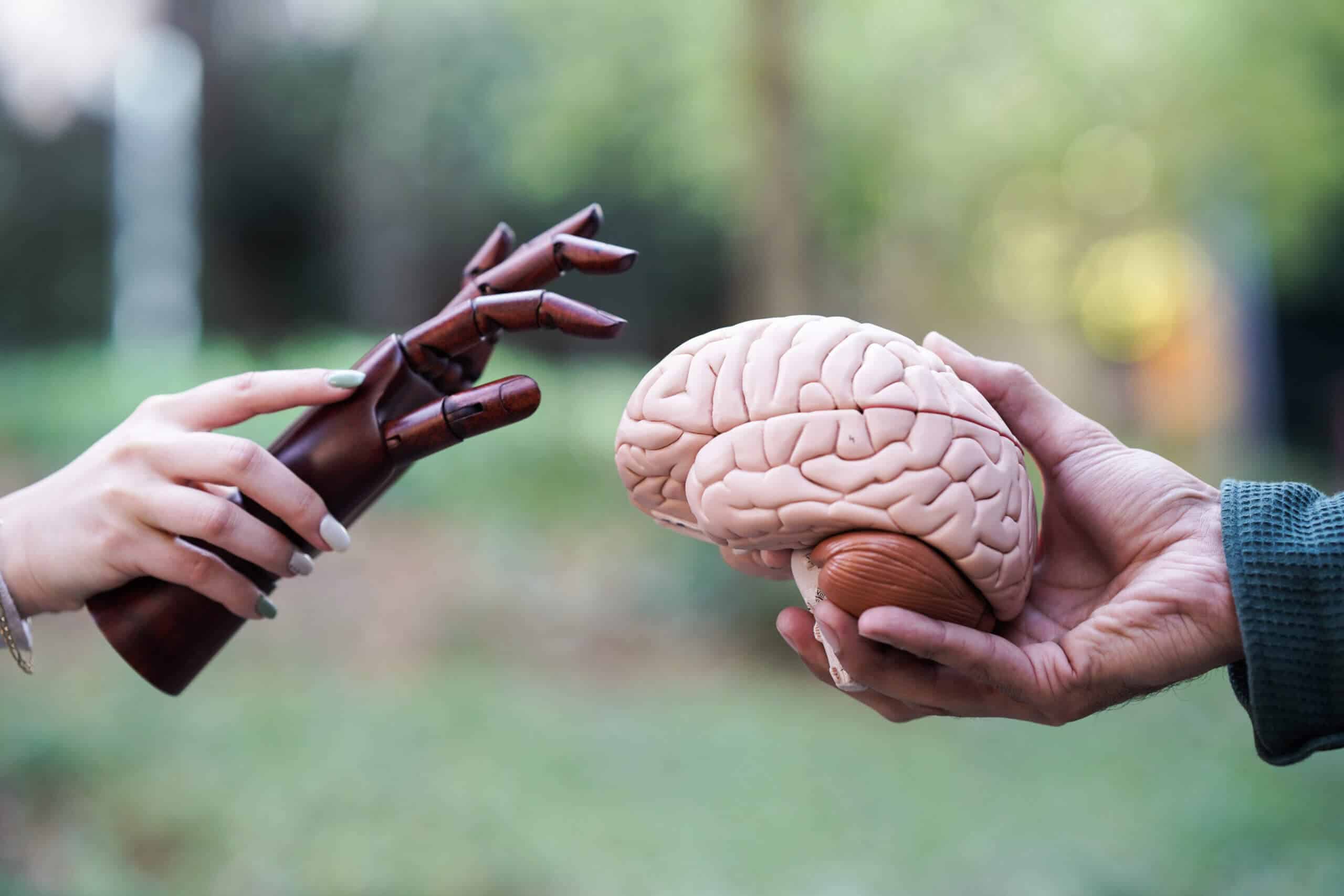The brain's control of subtle movements is based on complex mechanisms that challenge many researchers from different fields. Research conducted at the Technion sheds light on this issue and may lead to the development of innovative, personalized rehabilitation strategies

Fine motor skills is a highly developed ability in humans, and it manifests itself in a huge variety of actions, including using shoelaces, typing, playing the piano, and eating with a knife and fork. This ability is of course based on the unique anatomy of the human hand, but also on advanced and complex brain abilities.
The brain's control of subtle movements is based on complex mechanisms that challenge many researchers from different fields. Research conducted at the Technion sheds light on this issue and may lead to the development of innovative, personalized rehabilitation strategies. The research was led by Dr. Firas Moassi, head of the laboratory for movement rehabilitation research and engineering at the Faculty of Biomedical Engineering at the Technion, and master's student Gili Kamra. The article was published in the prestigious journal Cell reports.
As part of the study, the researchers developed an original ergonomic device that allows for a thorough examination of the forces exerted on the fingertips. Using the device, the learning abilities and motor inclusion in the fingers were tested. The researchers focused on two central directions of movement: flexion (closing the fingers inward) and pronation (opening the fingers outward) - two actions on which most finger activity is based.
During her degree, the student Gili Kamra recruited three groups of healthy, young subjects: a group that was trained in bending movements only, a group that was trained in lunging movements only, and a control group that did not undergo any training. Gili tested the performance of the subjects in the studied direction and the generalization in the opposite direction.
The findings show that finger strumming training improves skills in the opposite direction (flexion), But the opposite is not true: Finger flexion training is not generalized to the opposite direction (raiding).
These findings show that the control circuits responsible for finger motor dexterity are interactive and partially transmitted, but Asymmetrical, between the directions.
As mentioned, the research findings may improve methods for the rehabilitation of brain injuries in cases such as hemiparesis - a disease that impairs movement on one side of the body and involves difficulty walking, loss of balance, impairment of grip and more.
The research was supported by the National Research Foundation (ISF) and the German-Israel Foundation for Scientific Research and Development (GIF).
Dr. Firas Moassi, is a faculty member in the Faculty of Biomedical Engineering, completed a PhD in the Department of Biomedical Engineering at Ben-Gurion University and a post-doctorate in the Departments of Physical Medicine and Neuroscience at the Johns Hopkins University School of Medicine. In his research laboratory, Dr. Moassi develops behavioral experiments in healthy subjects and patients after a brain injury using engineering and computational tools and functional imaging of the brain to discover the neural basis of motor control in humans.
My age is a priest Immigrated from the USA in 2010. She completed her bachelor's and master's degrees at the Faculty of Biomedical Engineering and in between worked for two years in industry. She is now working on her doctorate under the guidance of Dr. Moasi.
for the scientific article in Cell reports
More of the topic in Hayadan:
A soft exoskeleton suit will help rehabilitate stroke victims
Brain cells can also regenerate; The discovery may make it easier for stroke victimsThis is how the body sets up a unique emergency team against stroke using RNA-guide fragments
A new method for treating brain damage - appropriate nutrition
